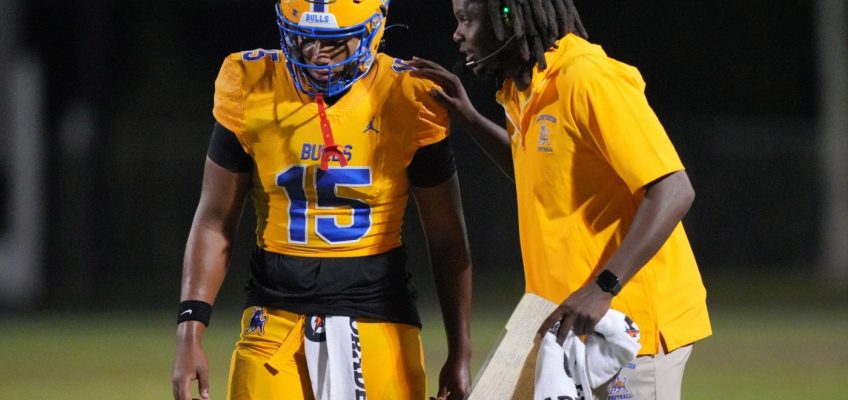The 91st annual Lumberjack Days celebration is back this weekend with live music acts and even more kid-friendly activities. The event is Thursday-Sunday in downtown Stillwater.
Cory Svihla, one of the Lumberjack Days organizers, said there will be a new children’s entrepreneurs market this year. He said more than 50 kids have signed up for market booths where they will sell crafts, art and foods they’ve made. The market will be 12-4 p.m. July 19 at Lowell Park.
“Even though it’s been a whole-family tradition for 90 plus years, our focal point for this year and moving forward is making it more and more family-friendly,” Svihla said.
Musical lineup
Svihla said as a “music guy,” he was excited for the country artists coming to Lumberjack Days this year.
“We had a bigger focal point on solo acoustic acts last year,” he said. “This year, we’re bringing back the full band experience.”
The 2025 musical lineup includes Stevie Monce (4 p.m. Friday, 9:30 p.m. Saturday), Mitch Clark (3 p.m. Friday, 5 p.m. Saturday) and Alex Napier & Daybreak (7:30 p.m. Friday). Love & Theft will headline Saturday at 6:15 p.m.
“Stevie’s a big one,” Svihla said. “He has a big record deal that was signed. He has a single that was just released, kind of getting rolled out at all the radio stations.”
Minneapolis Prince tribute band Chase and Ovation will also perform at 9:30 p.m. Friday.
Svihla said musicians will play on the original floating stage, a 30-by-60-foot barge named Frank E., again this year. The organizers brought back the stage for the first time in 14 years at last year’s Lumberjack Days.
More events
The Lumberjack Days Parade is 11 a.m. Sunday. Chuck Dougherty has been named grand marshal of this year’s parade. Dougherty is the owner of Water Street Inn in downtown Stillwater and was recently appointed as Oak Park Heights mayor.
Related Articles
Hudson RiverFest will celebrate conservation
This fall, explore all of Minnesota’s art crawls
‘What makes a team win?’ 10 things a Woodbury podcaster learned from local leaders
Skywatch: Lyra weaves quite a tale
Theater review: Artistry pitches a gem with ‘Love and Baseball’
The event will also include:
• Ice Cream Social, 5 p.m. Thursday at the Washington County Historic Courthouse
• Lumberjack Days Derby, 2 p.m. Friday down the Second Street Hill near Pioneer Park
• Lumberjack Days Bocce Ball Tournament, 10 a.m. Saturday and Sunday in the parking lot behind Brian’s Bar and Restaurant
• Game World kids area with inflatables, 12-8 p.m. Friday, 10 a.m. to 8 p.m. Saturday, 10 a.m. to 5 p.m. Sunday at Lowell Park
For more information, visit lumberjackdays.com/.




